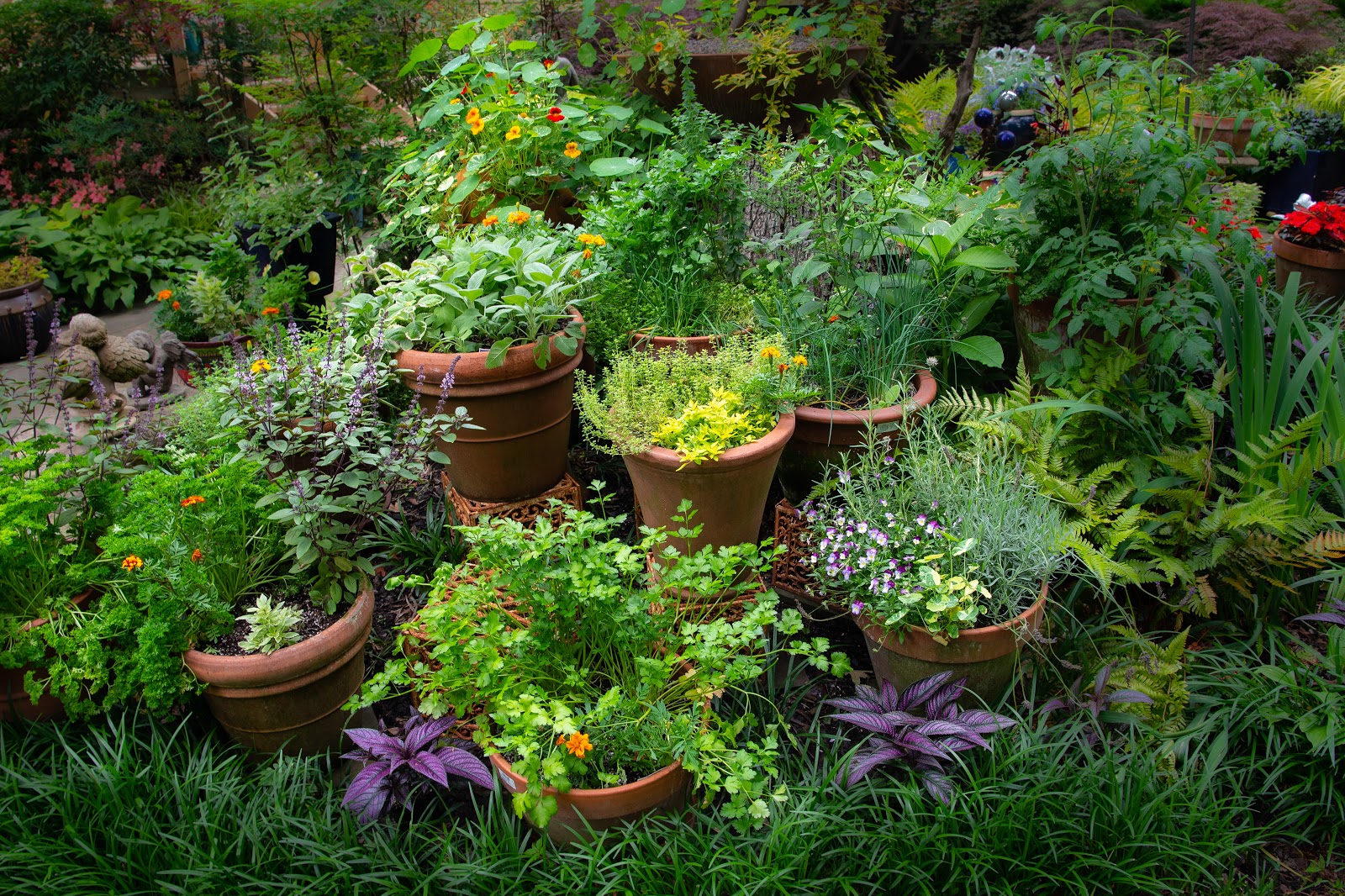Growing herbs in your garden is one thing. But growing an abundance of anything takes a bit of practice. While there is no easy way to go about this, we have some tips for producing an abundance of herbs in your garden.
Choose the Right Herbs
The first step in creating a garden that is able to produce an abundance of herbs is to choose the right ones. Unfortunately, it is not possible to just grow anything and everything we like. Gardening requires a little more planning than just sticking some seeds in the ground and hoping they will grow.
Some herbs are easier to grow than others. While other herbs only grow in certain environments. A few herbs that are ideal for beginners include Basil, Mint, and Parsley. These three herbs can take being harvested often and are great for growing in containers.
Other popular herbs to grow are:
- Oregano
- Thyme
- Rosemary
It is best to start with just a few herbs at a time. If you take on too many plants at once, you may become overwhelmed, and your plants will be the ones to suffer. Always start small, you can increase your selection of herbs slowly as you get more comfortable with your plants.
Skip the Seed, Use Seedlings
Once you have chosen the herbs you wish to start with, the next step is to start growing them! It is best to get yourself some seedlings rather than to try starting seeds. Unless you are an experienced gardener, it is much easier to use plants that have already been started.
Using seedlings is not only easier, but it will save you a couple of weeks too. It will also increase your chances of a successful harvest. The best places to source seedlings from are your local nursery or a plant nursery online. Although, the latter may not always sell seedlings. You could also try a farmer’s market!
When you have your seedlings, you will need to transplant them out of their seedling trays. You can either transplant your seedlings into another pot or container, or you can plant them directly into the ground. To transplant your seedlings, gently remove them from their seed trays and place them in small holes either in the ground or a larger pot. Press down the soil gently to secure them and then water your newly transplanted herbs.
Check the Herbs Care Requirements
A good gardening practice is to know your plant’s individual needs. It is best to do some research on your desired herbs before you purchase or plant them, so you know what they need. This is especially true as different herbs and plants require different sun exposure, soil types and pH levels, and even different watering amounts and frequencies.
For each new herb you plant, make sure you know what its ideal sun exposure should be. You should also ensure your herb is planted in the correct soil type. Where their soil is concerned, check the herb’s ideal soil pH level, and ensure you test your soil before your plant the herb.
You should also take note of when your herb should be watered and with how much water. Some plants may also require pruning and fertilizing. To achieve the best growing results from your herbs, you will want to adhere to all of their ideal needs and requirements.
Choose the Right Location
Choosing the right location for your herbs is important. The first thing you should take into consideration when picking a spot for your herbs is their sun exposure requirements. If your herb needs full sun, for example, make sure you place it in a sunny spot with at least six hours of exposure per day.
The next thing to take into consideration when choosing a place to put your herbs is convenience. You will want to put your herbs in a spot where you can see to their needs daily. Do not choose a secluded back corner of your garden where you are likely to forget about them.
Harvest your Herbs Regularly
There are benefits to harvesting your herbs regularly. The main benefit of regular harvesting is that it promotes new growth. So, by constantly harvesting your herbs, you will be encouraging them to grow bigger and better! Be careful not to over-harvest them though. Always leave about thirty percent of the original growth behind.
With these tips, you should be well on your way to creating the perfect herb garden. Not only do you need to plant the right herbs, but you also need to care for them according to their needs. Not all plants or herbs have the same needs. Treat each herb as an individual and you should be growing an abundance in no time!
Bio: Sandra Nanka is the residential herb expert and owner of Mudbrick Herb Cottage, an organic herb plant nursery situated in the beautiful Gold Coast, Australia. She has over 30 years of experience growing herbs alongside her husband, Michael.



